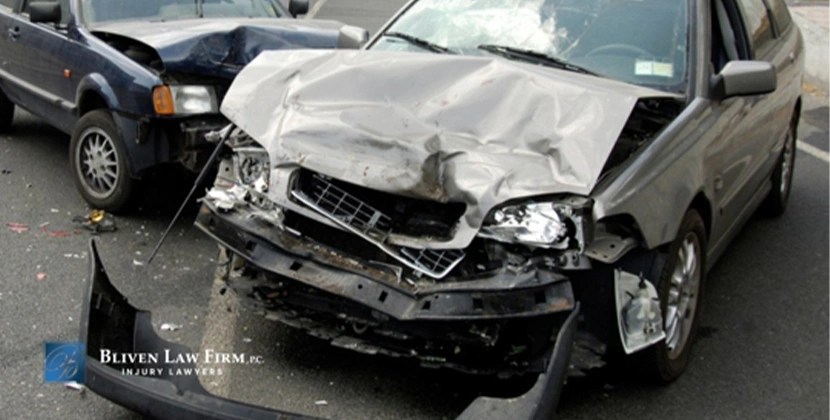Common Causes of Car Accidents & Who’s At Fault

Navigating the roads can sometimes feel like a high-stakes game. While most of us take care when driving, accidents can still happen. Understanding the common causes of car accidents and who’s at fault can help you stay safer and more informed.
Why Understanding Accidents Matters
The number of car accidents each year is staggering, with millions of incidents leading to minor to catastrophic injuries. Knowing the common causes helps us prevent them and understand who bears responsibility when they occur.
This blog will cover various aspects of car accidents, from frequent causes to determining fault. We’ll provide actionable insights and facts to help you avoid accidents and keep our roads safer for everyone.
Common Causes of Car Accidents
Car accidents happen for various reasons, and quite often, they result from human error. Let’s explore some of the most typical causes:
Distracted Driving
One of the main reasons for accidents is distracted driving. You can take your eyes off the road by texting, eating, adjusting the radio, and even conversing with other passengers. The National Highway Traffic Safety Administration (NHTSA) reports that 3,142 people died as a result of distracted driving in 2019 alone.
To mitigate this, it’s crucial to remain focused. Simple steps like putting your phone away or setting your GPS before driving can make a significant difference.
Drunk Driving
Drunk driving is one of the main reasons why accidents happen. Alcohol impairs reaction time and judgment, making it extremely dangerous to operate a vehicle. According to the Centers for Disease Control and Prevention (CDC), alcohol-related car accidents claim the lives of 29 Americans each day.
Avoiding drunk driving is straightforward—never get behind the wheel if you’ve been drinking. Instead, use rideshare services, call a taxi, or designate a sober driver.
Speeding
Speeding reduces one’s ability to react to sudden changes on the road, increasing the severity of accidents. The Insurance Institute for Highway Safety (IIHS) reports that 2018 speeding accounted for 26% of all traffic fatalities.
Obeying speed restrictions and modifying your speed in response to traffic, weather, and road conditions can avoid accidents. Remember, it’s better to arrive late than not at all.
Determining Fault in Accidents
Determining who is at fault in an automobile collision might be difficult. Several factors come into play, including traffic laws, eyewitness accounts, and vehicle damage. Here are some guidelines:
- Rear-End Collisions: Typically, the driver who hits the other vehicle from behind is at fault in rear-end collisions. This is because they’re usually driving too closely or not paying attention. However, there can be exceptions if, for example, the lead car’s brake lights are not functioning.
- Intersection Accidents: Accidents at intersections often involve disputes over who had the right of way. Traffic signals, stop signs, and right-of-way rules are critical in these cases. Eyewitnesses or traffic cameras can provide valuable evidence.
- Side-Impact Collisions: Side-impact collisions, or T-bone accidents, usually occur at intersections. They often involve a vehicle running a red light or stop sign. The at-fault driver is typically the one who disregards the traffic signal.
If you are in a car accident, speaking with a personal injury lawyer can help you understand what to do next and your rights. Firms like Bliven Law Firm, P.C. provide free case evaluations and can care for anything from court representation to negotiating with insurance adjusters. For more insights or to seek legal advice, consider reaching out to us at 406-755-6828—your safety and peace of mind are worth it.
Let Our Team Be Your Advocates
If you have been injured by a car wreck or suffered any type of serious injury, call our Kalispell personal injury lawyers at 406-755-6828 or fill out the
no-obligation online case form. We will respond promptly. When you hire our firm you will have the confidence of knowing that assisting you and resolving your
situation and claim is our priority. Contact us for your free case evaluation today.

